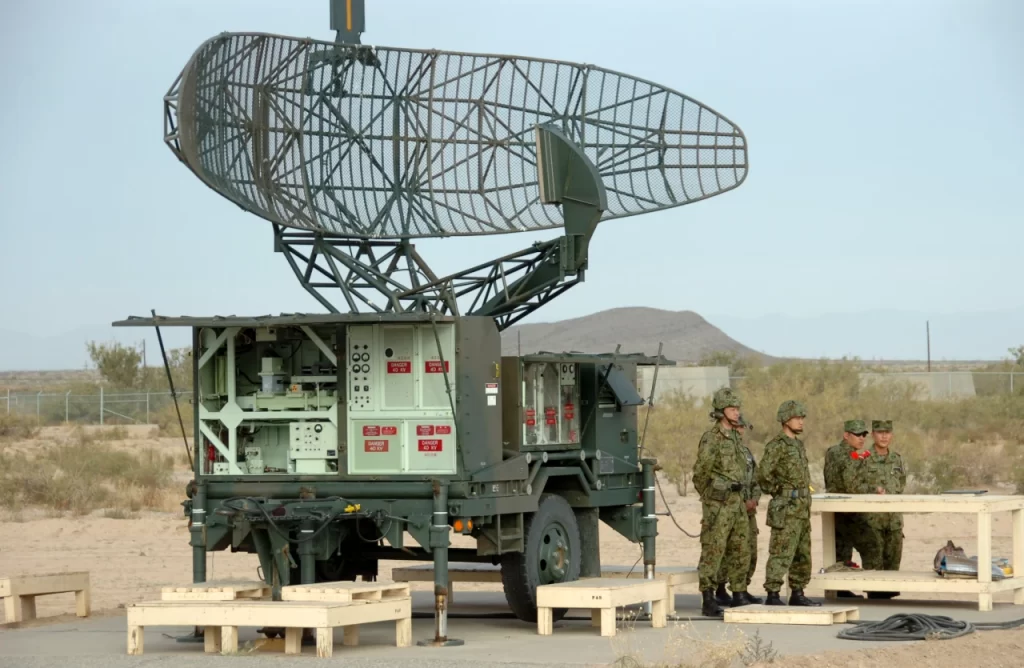The American HAWK anti-aircraft missile system has proven effective against Shahed loitering munitions. The command of the Ukrainian Air Force reported about one of the system’s crews, which shot down six drones in a single battle.
“Oleksandr is an operator of the HAWK SAM system. He has accounted for two dozen ‘Shaheds’ and four missiles,” the Air Force reported about the SAM crew.
Oleksandr’s crew received training in Spain on American HAWK air defense systems.
“During the training abroad, we worked on simulators, and the instructors explained that due to certain technical features, the system is not particularly designed for drones,” the serviceman said.
However, during their first air defense battle, Oleksandr’s crew managed to destroy six “Shaheds.”
Oleksandr admits that the “Shaheds” are the most annoying. It’s not about the difficulty of the target—it’s the waiting for the battle that is tiring. These drones fly quite slowly. Working with missiles is much easier, even when they are flying directly at you.
“It was a bit unsettling when three Kh-59 missiles, constantly changing altitude, flew straight at us. But we locked onto all the targets and shot them down one by one. The main secret isn’t even the weapon we use but the synchronized and coordinated work of the unit,” the serviceman said.
The initial versions of the HAWK system could engage air targets at a distance of 25 km and an altitude of 14 km.
After modernization, the maximum interception range of targets increased to 40 km with a maximum altitude of 18 km.
Spain is actively transferring these systems to Ukraine and also training Ukrainian crews.
In October last year, the Spanish government approved the transfer of six M-192 launchers for MIM-23 Hawk anti-aircraft missiles to Ukraine.

MIM-23 Hawk anti-aircraft missile System
The HAWK is designed to engage air targets at a range of 1.5 to 35 kilometers. The medium-range surface-to-air missile system HAWK (Homing All the Way Killer) is intended to combat air targets. The missile’s warhead weighs 75 kilograms.
The design of the missile system began in 1952 when the US Army initiated research to address high-altitude threats. Development started in June 1954 by the American company Raytheon. It was one of the first surface-to-air missile systems. The first guided launch occurred in June 1956, when the missile shot down a QF-80 target drone. The first US Army division equipped with the system was operational shortly thereafter.
The HAWK system has been purchased by more than 20 countries and is produced under license in Europe and Japan. Since its inception, the system has been continuously improved. It saw combat in the Middle East War of 1973, where Israeli missiles reportedly shot down at least 20 Egyptian and Syrian aircraft.
According to Western accounts, the “Improved Hawk” can engage supersonic air targets at distances of 1 to 40 km and altitudes of 0.03 to 18 km. It can function in inclement weather and countermeasure scenarios.
The system includes the AN/TSW-8 command post, AN/MSW-11 fire control post, air surveillance radar, AN/MPQ-51 rangefinder radar, and M192 launchers with three MIM-23B guided missiles each. All components work together to form an effective air defense system.
The primary fire unit of the “Improved Hawk” complex is an anti-aircraft battery consisting of two platoons (the so-called standard battery). One platoon includes one fire control platoon, while the other includes a main and two forward fire control platoons.
Each type of fire control platoon has one AN/MPQ-46 target illumination radar and three M192 launchers with three anti-aircraft missiles each. Additionally, the main fire control platoon includes the AN/MPQ-50 pulse target acquisition radar, AN/MPQ-51 rangefinder radar, AN/MPQ-48 target acquisition radar, and AN/MSW-11 control post. The main fire control platoon of the reinforced battery also includes the AN/MPQ-48 station.
Each battery of both types includes a technical support unit with three transport-loading vehicles and a cable network for positioning. Transitioning the battery from the march to the combat position takes 45 minutes, and packing up takes the same time.
An independent anti-aircraft battalion of the US Army, “Improved Hawk” includes either four standard or three reinforced batteries. The battalion is capable of performing combat tasks independently, including engaging low-flying targets.
The MIM-23A guided missile is part of the HAWK SAM system. The missile is designed in a “tailless” aerodynamic configuration and is powered by a solid-propellant rocket engine. It has a fragmentation-explosive warhead weighing 54 kg with a proximity fuse. The MIM-23C modification has improved target engagement capabilities in a complex jamming environment. In 1990, the MIM-23K modification was created to engage tactical ballistic missiles, featuring a warhead with 540 pre-formed fragments.
The system was in service with the US Army until 2002, lasting over 40 years. It underwent an extensive modernization program to maintain its operational capabilities during this time. Initially, it had an interception range of 40 km (minimum 2.5 km) and a maximum interception altitude of 17.7 km (minimum 30-60 meters). The system was widely exported and is in service in Bahrain, Belgium, Germany, Greece, Denmark, Egypt, Israel, Jordan, France, Sweden, South Korea, Japan, and others. A self-propelled launcher variant was created and is currently being used by the Israeli army.
